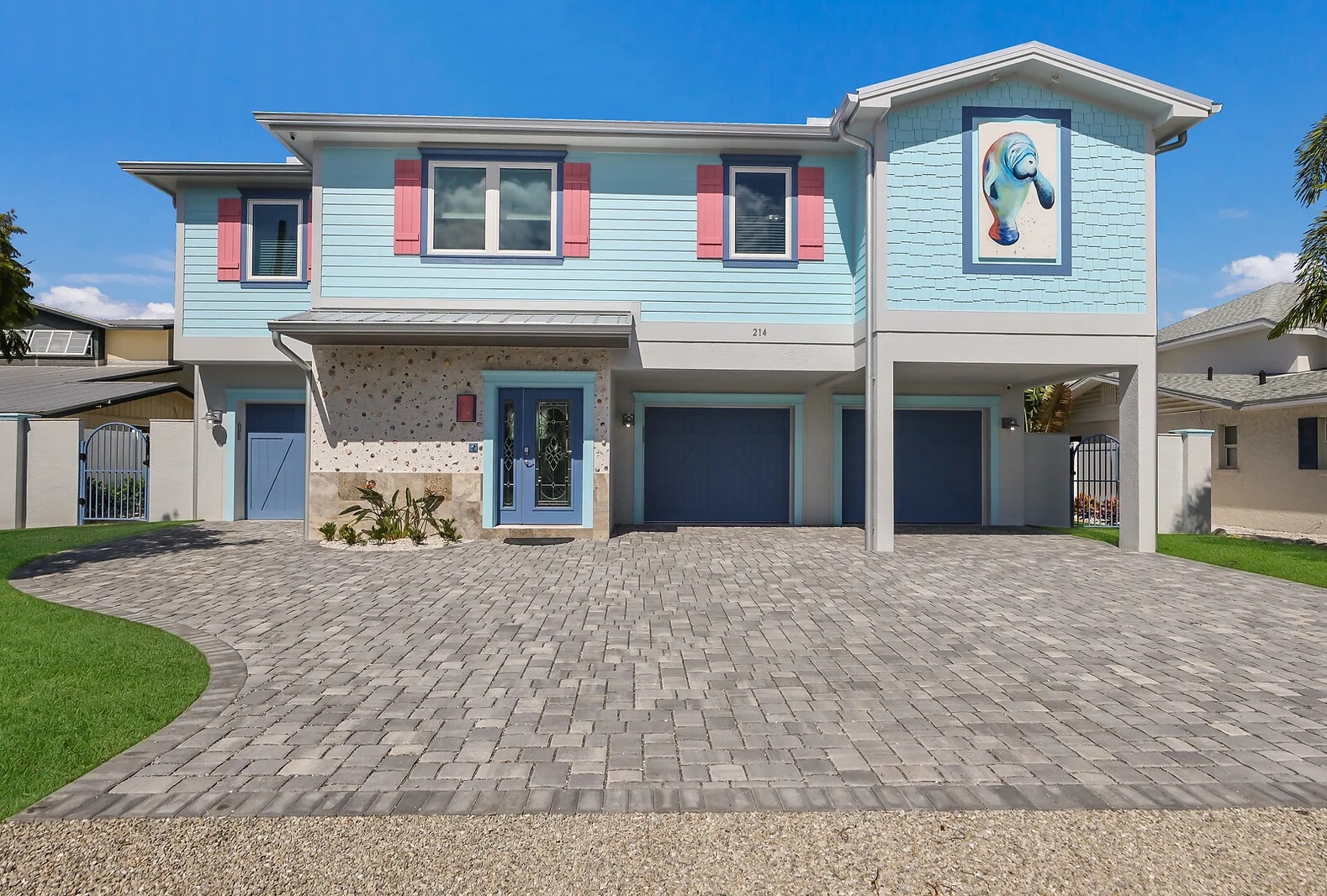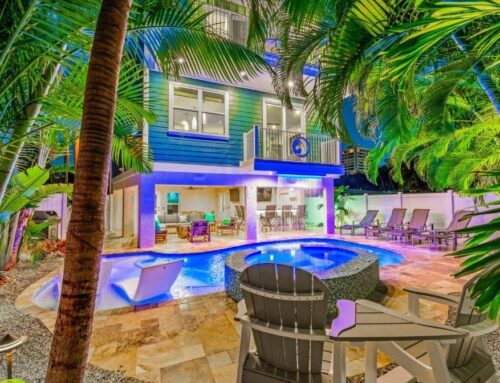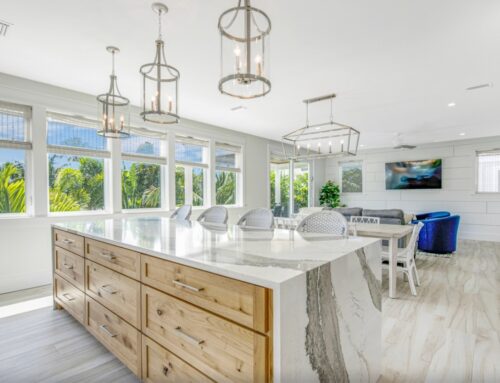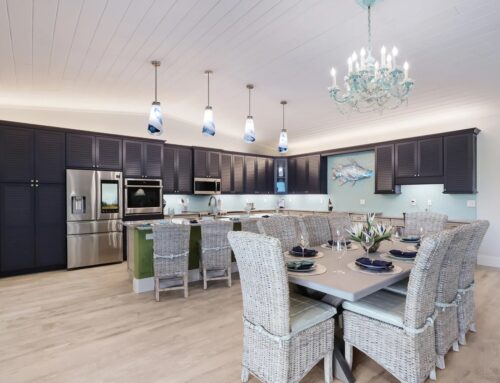Florida’s architectural landscape is as diverse and vibrant as its history and people. The Florida architectural evolution encompasses a journey through time, from the early Spanish influences to the sleek lines of modern design, reflecting a rich tapestry of cultural and environmental factors. This exploration reveals how the state’s architecture not only captures the essence of its past but also looks forward to the future.
The Foundations: Early Influences
The architectural story of Florida begins with the Spanish colonial structures of St. Augustine, the oldest European settlement in the U.S. These early buildings, characterized by their stucco walls, red tile roofs, and arched doorways, set the foundation for Florida’s architectural identity. As time progressed, other styles emerged, including the Mediterranean Revival, which became synonymous with Florida’s resort towns, evoking the romance of coastal Spanish and Italian villas.
Art Deco and the Glamour of Miami Beach
The 20th century heralded a significant shift with the introduction of the Art Deco movement, most notably in Miami Beach. The Historic District, known as the Art Deco District, showcases this style’s distinctive features: pastel colors, geometric patterns, and nautical motifs, encapsulating the leisure and luxury of Florida’s coastal lifestyle. This period marked a departure from historical revival styles, embracing modernity and glamour.
The Rise of Modernism
Mid-century modern architecture made its mark in Florida through the Sarasota School of Architecture. This movement adapted modernist principles to the Floridian landscape, emphasizing indoor-outdoor living, natural light, and innovative use of materials. Architects like Paul Rudolph and Victor Lundy blended form with function, creating structures that were both aesthetically pleasing and suited to the subtropical climate.
Contemporary Trends: Sustainability and Technology
Today, Florida’s architecture is increasingly defined by sustainability and resilience, responding to the challenges of climate change and environmental preservation. Contemporary architects incorporate green building practices, energy-efficient designs, and smart technology to create spaces that are both environmentally responsible and adaptive to Florida’s weather conditions. This shift towards sustainable design underscores a broader recognition of architecture’s role in environmental stewardship.
Reflecting Florida’s Diverse Culture and Environmental Challenges
The evolution of Florida’s architectural style is a mirror to its cultural diversity and unique environmental context. From the influence of Spanish settlers to the impact of climate change, each architectural movement reflects a response to the social, cultural, and environmental challenges of its time. This ongoing evolution speaks to the dynamic nature of Florida’s identity, continuously reshaped by its inhabitants and their surroundings.
Looking Forward
The architectural evolution of Florida is far from complete. As the state faces new challenges and opportunities, its architectural landscape will continue to transform, reflecting the resilience, diversity, and creativity of its people. From the historic streets of St. Augustine to the modern skyline of Miami, Florida’s architecture tells the story of a state that is always in flux, always building towards the future.





